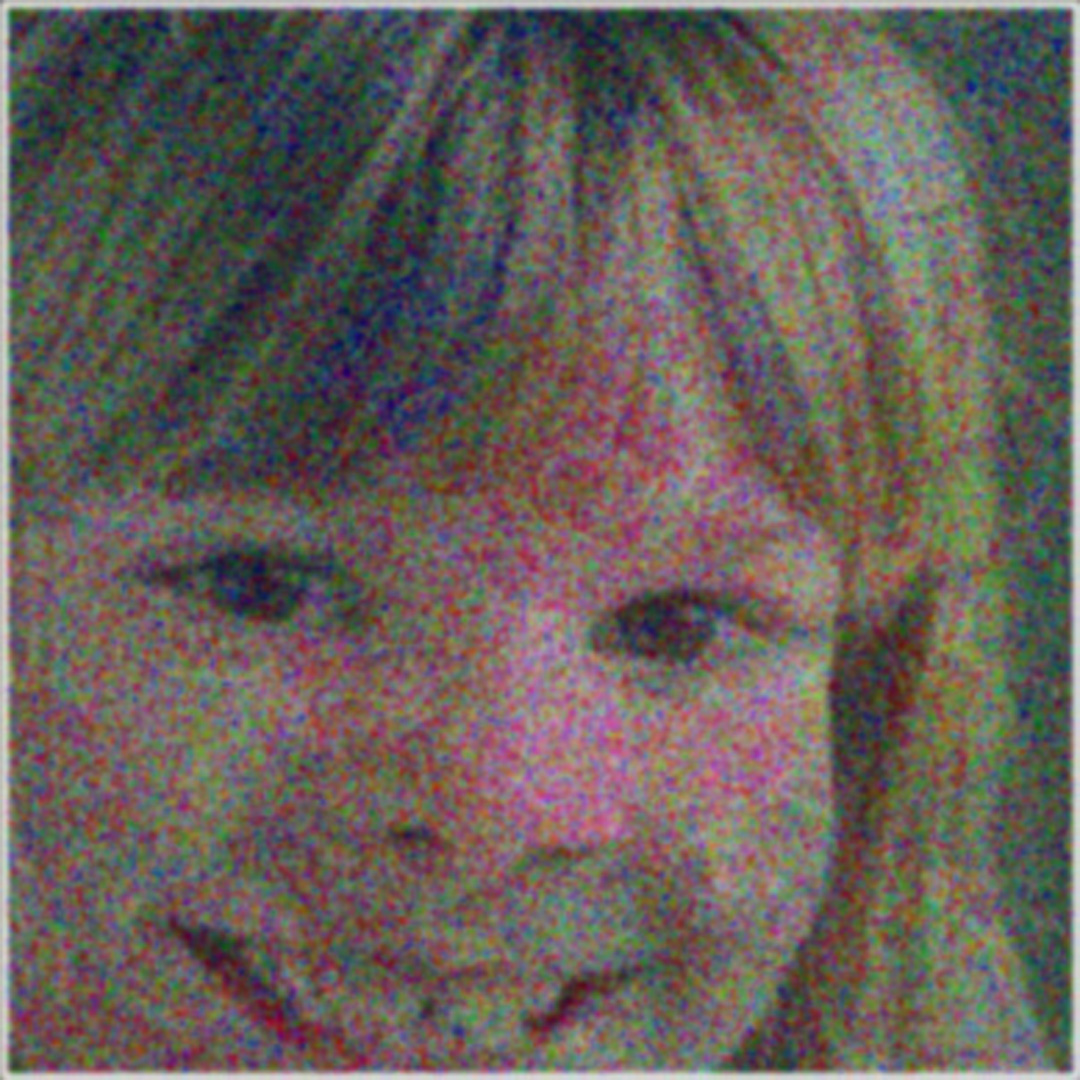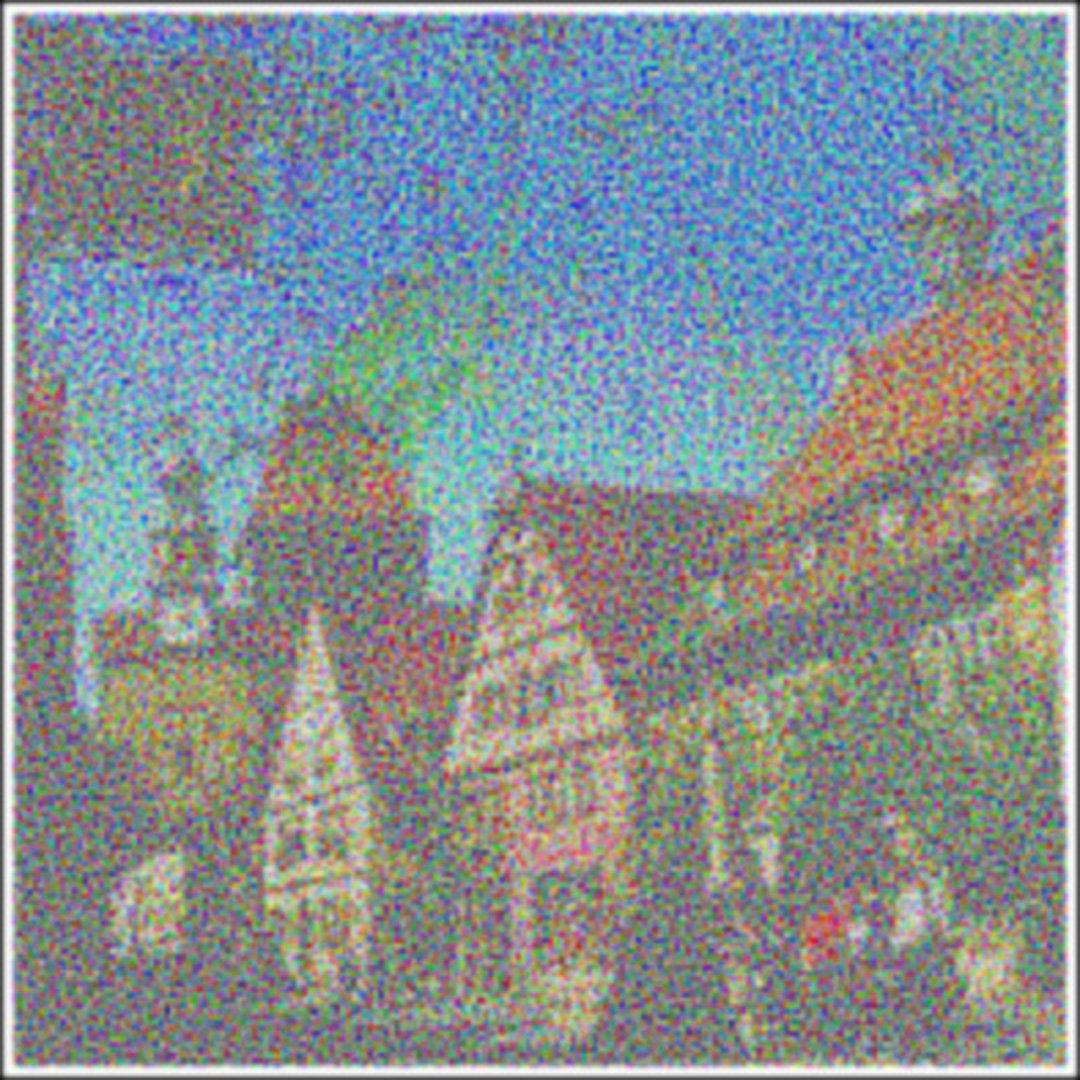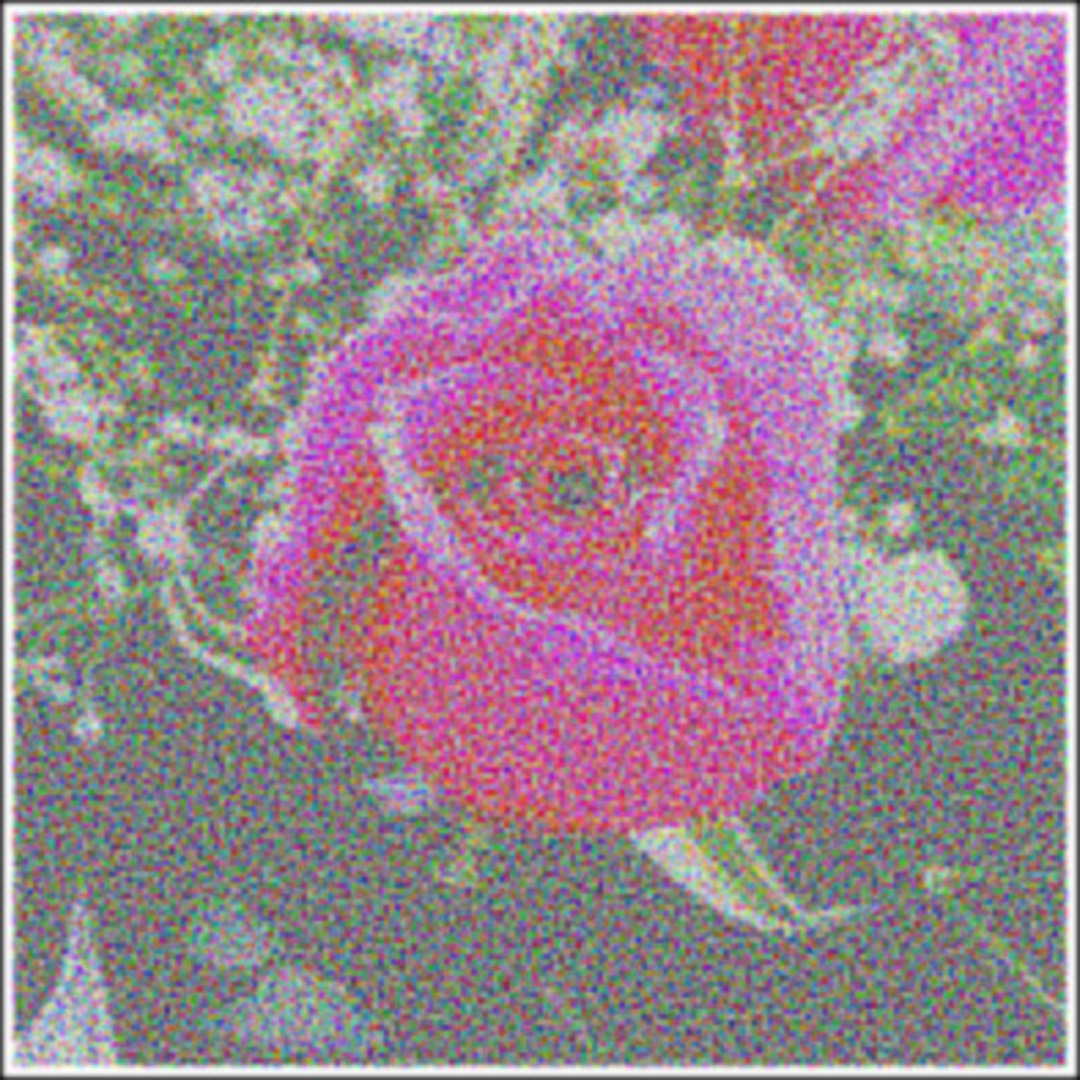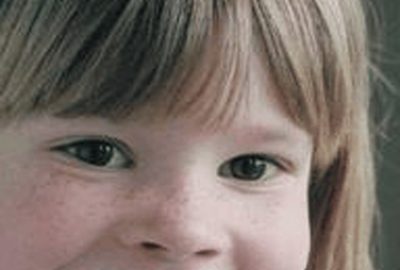“Picture Illusion by Overlap” by Nakajima and Yamaguchi
Conference:
Type(s):
Title:
- Picture Illusion by Overlap
Presenter(s)/Author(s):
Entry Number: 056
Abstract:
Picture Illusion by Overlap is a method to hide a color image (called target) into two different color images (called sheets) in such a way that the target is observed without any calculation when the two sheets are printed onto slides and stacked together. The proposed system takes three input color images, i.e., one target source image and two sheet source images, and generates two sheets. By stacking these two sheets together, the viewer achieves the target image, as illustrated in Figure 1. The intended applications of this method lie in a wide variety of field such as entertainment, printing and publishing, advertisement, artistic venues, etc. One closely related research field of this is visual secret sharing[Naor and Shamir 1995; Nakajima and Yamaguchi 2004]. It discusses how to encode a message into multiple slides such that when a legitimate combination of slides are stacked together, the message can be viewed with no decoding calculations while no illegitimate combinations can yield the hidden information. Since our intended applications are more focused on entertainment rather than security, our research differs from visual secret sharing in the following sense. In our method, preserving color for both sheet and target as much as possible is very important, while in visual secret sharing, the first priority is the security of the hidden message. In other words, our image hiding scheme is not secure. You may guess the pixel colors of the target by carefully analyzing a sheet.
References:
1. Nakajima, M., and Yamaguchi, Y. 2004. Enhancing registration tolerance of extended visual cryptography for natural images. Journal of Electronic Imaging 13, 3, to appear.
2. Naor, M., and Shamir, A. 1995. Visual cryptography, advances in cryptology. Eurocrypt ’94 Proceeding LNCS 950, 1–12.
Additional Images:
- 2004 Poster: Nakajima_Picture Illusion by Overlap
- 2004 Poster: Nakajima_Picture Illusion by Overlap
- 2004 Poster: Nakajima_Picture Illusion by Overlap










